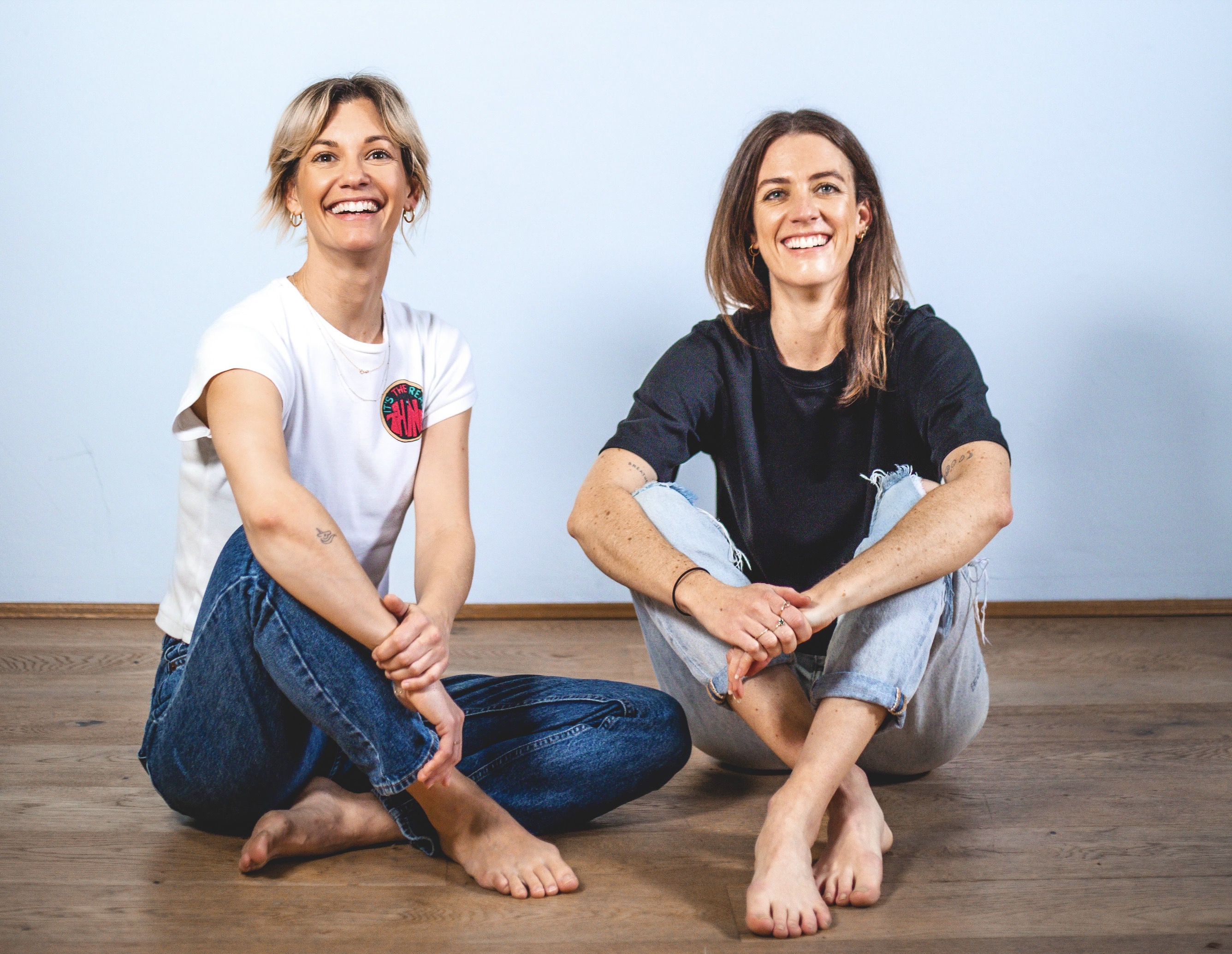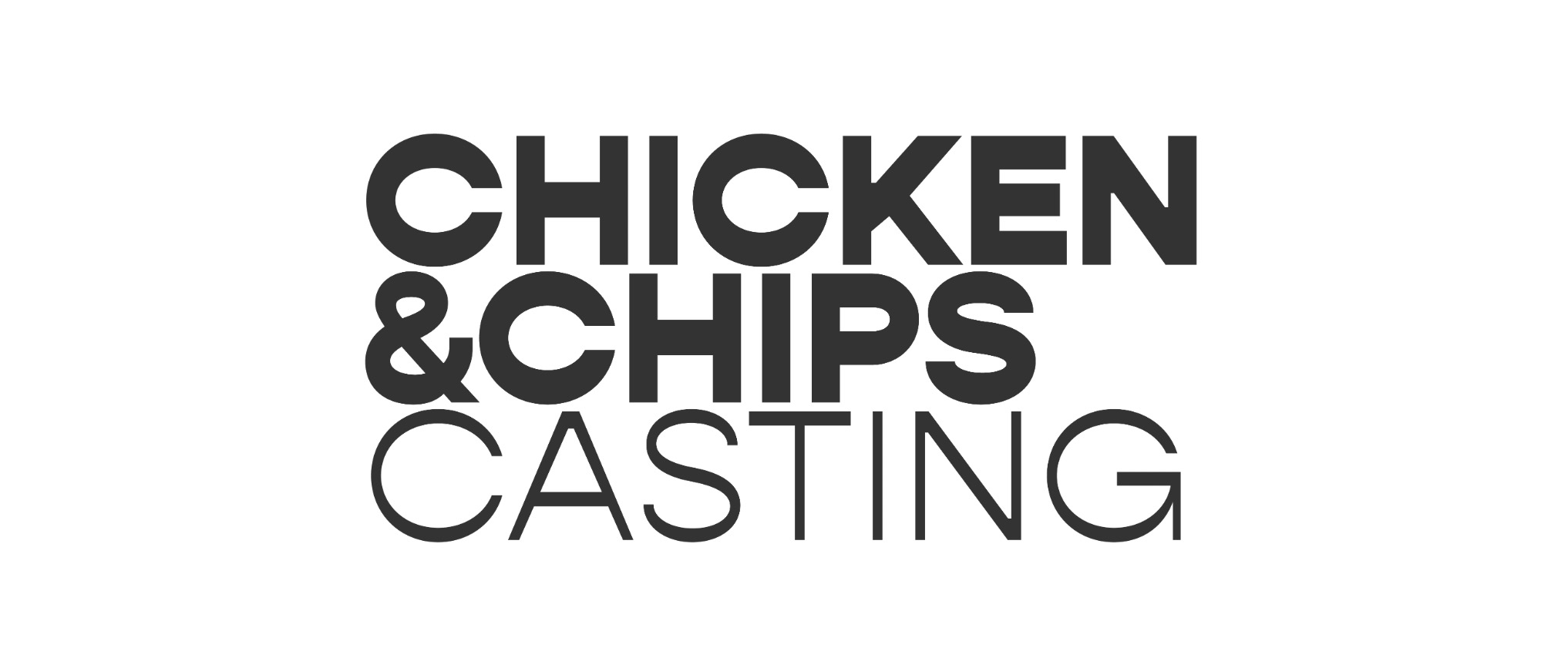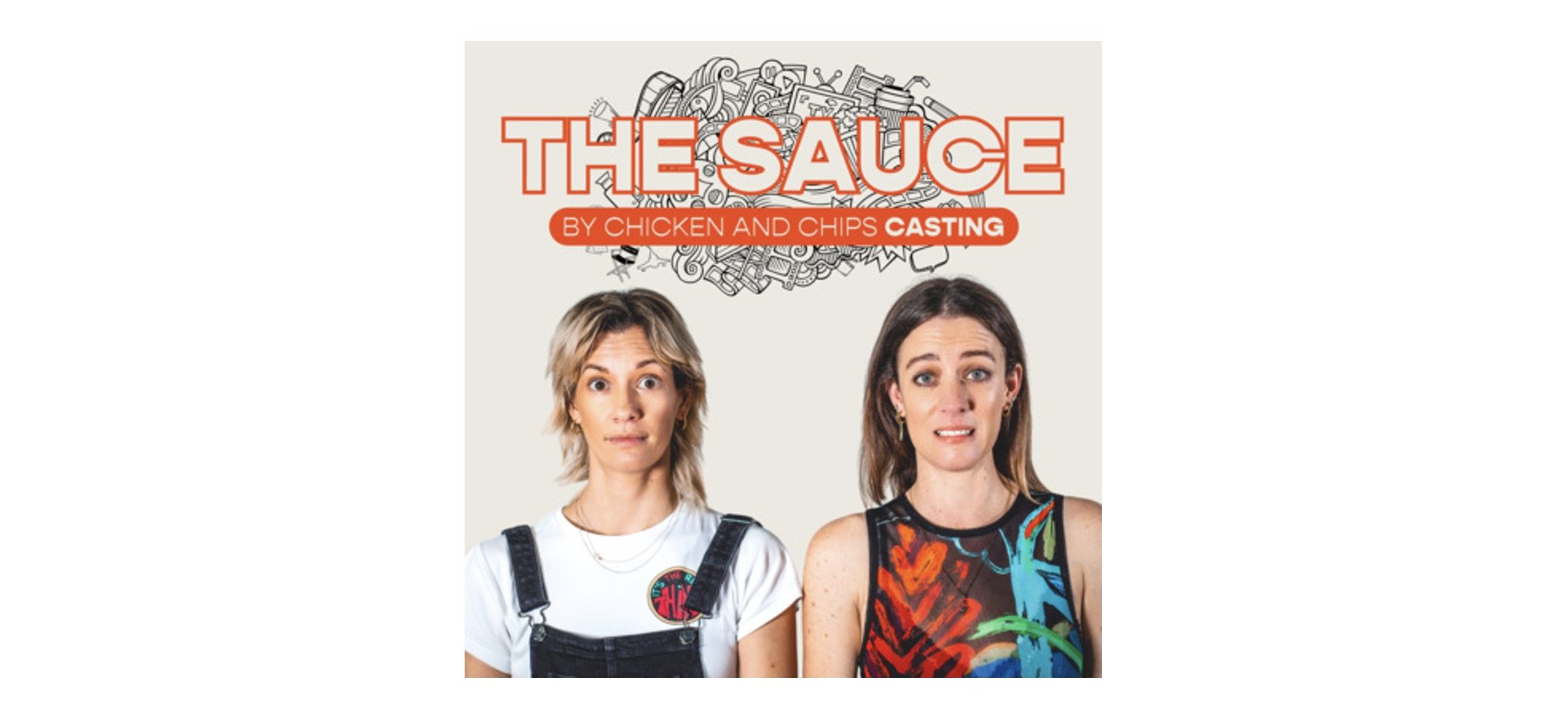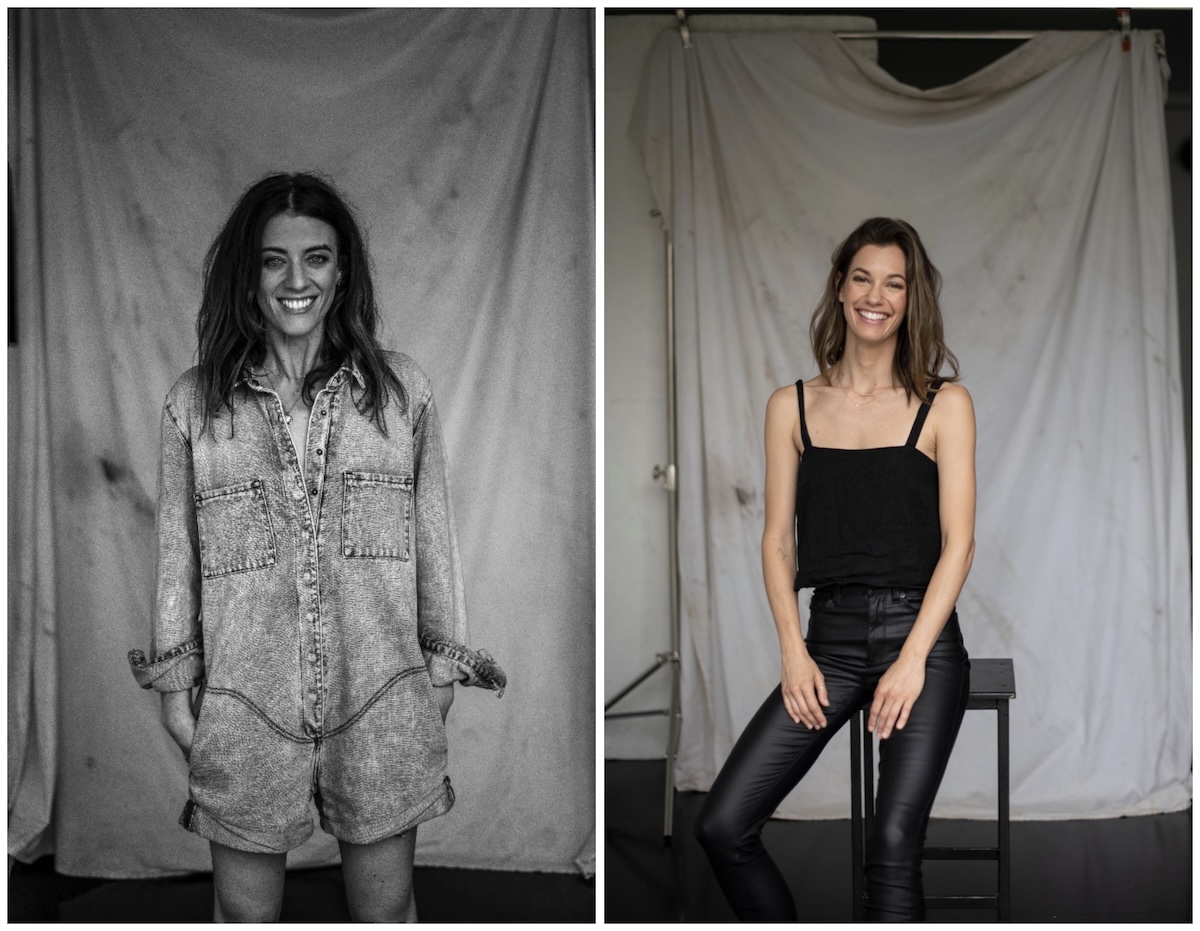CB Q&A: Chicken and Chips Casting’s Alison Fowler + Stephanie Pringle: Creating an Inclusive Future in Adland and Breaking the Boys’ Club

Chicken and Chips Casting, the brainchild of the dynamic duo Alison Fowler (left) and Stephanie Pringle (right), is redefining Australia’s entertainment industry by reshaping the traditional casting approach. Since its launch in 2015, Chicken and Chips Casting has become known for its commitment to transparency, inclusion, and championing emerging talent. Alison and Stephanie have built a reputation for breaking down casting barriers, making the process more accessible and welcoming, especially to new and diverse talent. Through projects like their podcast The Sauce, interactive workshops, and the industry-first Audition Academy Collective, they provide unique educational experiences for actors, helping them navigate the industry with confidence.
For Chicken and Chips, casting isn’t just about filling roles—it’s a mission to foster authentic representation. Their approach, called “Conscious Casting,” goes beyond diversity quotas to create meaningful, thoughtful portrayals that reflect a broad spectrum of identities. By prioritising collaboration and removing outdated industry gatekeeping, Alison and Stephanie are creating a new casting standard, one in which diverse voices are not merely included but embraced. CB spoke with Alison and Stephanie to learn more about their innovative approach and what they see as the future of casting in Australia…
You’ve coined the term ‘Conscious Casting’, which aims to make diversity and inclusion a regular thing in the industry. Can you break down what ‘Conscious Casting’ means to you and how it’s different from just meeting diversity quotas?
A: Conscious Casting is about recognising how an actor’s unique identity can bring a story to life. It’s not just about ticking boxes for race, gender, or disability; it’s about seeing the actor as a whole person whose life experiences can add depth to a character and story. This approach values genuine representation, not just meeting diversity quotas, and aims to bring a range of voices into storytelling naturally, so everyone feels included as part of the bigger picture.
S: Conscious casting is about offering up choices that challenge our unconscious bias when it comes to storytelling. Examining how an actor’s identity might influence or reshape a character’s story can potentially add new dimensions to the overall narrative or reach more audiences in a more nuanced way. It’s about finding incidental moments where diversity is reflected in an organic way so that stereotypes aren’t perpetuated. Conscious Casting is ultimately about removing barriers and starts to question the brief itself. The way we approach casting is with intent and openness, where we can have these creative conversations with our collaborators and find really magic moments in the process. At the end of the day, we all want to see ourselves reflected on screen in an authentic way.
How do you see casting changing in advertising? Are there any trends or challenges coming up that you’re excited or maybe a bit worried about?
A: There’s definitely a growing emphasis on authentic representation across all demographics. Advertisers are recognising the importance of reflecting the real diversity of their audience, moving beyond tokenism to more genuine inclusion. With this comes casting ‘non actors’ more common practice. Even when not impacted by budgets, there is a bigger push toward Street Casting and sourcing talent outside the traditional means, which we love! It opens up opportunities for a wider range of talent, creates more relatable content for viewers (and we just never know who we’ll discover)!
There is a positive shift, in some cases, we’re seeing a move toward casting being brought in earlier in the creative process (although this also still presents as a challenge in many cases). In the past, we would receive briefs that have already been approved by the client without any substantial input from casting professionals. This can lead to a mismatch between expectations and reality, particularly when it comes to budget constraints and the calibre of talent desired. We’ve been vocal about this with our partners and it’s great to see some companies are integrating casting into the initial stages of project development. This collaborative approach not only saves time but also helps manage client expectations more effectively. Some smaller, agile production companies and agencies have adopted this model, leading to a smoother casting process and experience.
The biggest challenge is surely maintaining the human element in casting as technology plays a larger role. It’s crucial to ensure that the art of casting doesn’t become overly automated or lose sight of the intangible qualities that make performances compelling.
S: Brands are increasingly aware that their audiences are diverse, and they want to see that reflected in their campaigns. This obviously opens doors for talented individuals from all walks of life who can bring authenticity to their roles. From what we’ve seen recently, advertisers are moving away from purely promotional content to more narrative-driven storytelling that resonates emotionally with viewers. So, I think we will see an increase in branded content masking as vertical short form series where the audience can get invested in the characters. This requires casting actors who can convey depth and relatability, making the casting process more intricate and much like piecing together a series or film (on a much tighter schedule!)
We are also casting direct-to-client a lot more now through in-house production teams, I think this is exciting especially for smaller brands as advertising has never been more accessible than it is now (so there is a lot more work in the digital field for casting and it’s often the most creatively challenging).
There are some interesting theories about AI and how this will impact the casting process in the not-so-distant future. We do need to address concerns around image likeness and regulate this to protect actors (and other key creatives). Beyond that, actors can take back control by creating digital avatars & NFTs for advertisers to license, generating a whole new income stream for them.
AI is exciting in its ability to streamline and create efficient processes but at the end of the day, as Alison says, casting is a human business. In order to create impactful campaigns and tell stories, we need depth and emotion to be able to truly connect with audiences.

Adland used to create iconic characters that everyone knew. Why do you think the industry has shifted away from that, and how important do you think it is to build strong characters for brand success today?
A: Ultimately, I think the biggest shifts in Casting for commercials comes down to budgets and the changing landscape of ‘online’ advertising. There was a misconception casting for an online audience was cheaper, and the end result was the inability to access performance actors that could really bring characters and stories to life. I think this has contributed to an overall decrease in budgets and therefore the inability to put together narrative forms of advertising. All at a time where consumers and audiences crave deeper and more thought provoking content; which really relies on an element of relatability and ‘being seen’. It’s the era of memes, where we’re all hyper responsive to feeling seen by characters that reflect ourselves and our lives. To me this feels like the biggest missed opportunity in casting for advertising.
S: As Alison says, it’s down to budgets but also it’s about where value is being placed. We see so many missed casting opportunities for campaigns that just don’t have the investment in performance and strategy behind them. Creating iconic characters is about brand recall at the highest level. The brands that have done it well are the ones that invested and placed value on the casting process, the actors and their performances, creating memorable and shareable content.
You’ve said Chicken and Chips is all about breaking down traditional gatekeeping in casting. What do you think casting companies should be doing to make things more open and fair for new talent?
A: For too long, the casting process has been shrouded in secrecy, built on an old model of gatekeeping. In the past, actors would feel confused and intimated by the casting process – we’re just trying to tear down those walls, bring more transparency to actors and to look beyond traditional channels (in an effort to actively seek talent from all walks of life). The role of the Casting Director is paramount to making things more fair for new talent; yet there doesn’t seem to be a lot of consideration for the role of an individual casting director and their creative alignment or suitability to a project. Not choosing the right casting director for the job has huge impacts on the audition process for actors (and who will be seen), which arguably is the biggest impact on what is open and fair for new talent. Thinking about what the product is (for example, is it a product, initiative or service targeted at women?) can really undermine the integrity of the production and also the art of casting.
We should be looking beyond the ‘obvious choice’ of actors, to support emerging talent, fresh faces and consider how we can bring opportunities to actors from all backgrounds and experience.
S: Demystifying the casting process at every level of the process (actors, production, agency & client) is crucial to start breaking down barriers. Part of our philosophy is to create a safe space where actors can confidently walk into an audition or submit a self tape, leaving the guesswork behind, while also guiding emerging directors to develop their unique casting approach and providing meaningful casting consultation to the producers we work alongside to ensure everyone feels supported.
We’re committed to educating and empowering actors and creatives through initiatives like our podcast, The Sauce, which dives into the casting world, and workshops for hands-on learning. With The Audition Academy Collective, we’ve launched the first Casting Director-led online education community for actors. We believe that if you excel in your field and you care about the future of the industry, it’s your job to give back in a positive way.
Simply saying you’re ‘inclusive’ or actually taking the steps to ensure a level playing field, (especially for those from underrepresented backgrounds who may not have traditional industry pathways but have immense talent and drive) are two very different things. Being inclusive means you have to be in the trenches and sometimes with limited resources. Things like doing social media or open casting calls to give actors opportunities and actively doing general auditions or ensuring projects are briefed properly (and not just circling amongst top tier groups) are examples of walking the walk.

How does your experience casting for feature films carry over into casting for commercials? Are you seeing brands being more open to taking risks with unconventional or diverse casting choices?
A: With feature films, we generally have the luxury of time – Commercial casting is typically much faster-paced. We have to find the right talent within days rather than weeks or months for a feature film. The mediums are merging in the sense that advertisers are starting to look to branded long form content as a way to connect with their audiences. I’d really welcome this as a status quo in advertising, bringing back the narrative driven advertising – what was a 60 second brand commercial (and often 10 second social ads) can now be a 10 x 5 mini series. This brings casting to the forefront of advertising more than ever – audiences (and consumers) resonate with characters first and foremost, and with strategic branding embedded in that of an ensemble cast, brands can find cult followings for products that could sell themselves with fanfare hype. It’s a logical step for advertisers; audiences making immediate purchasing decisions exist primarily on their phones, consuming content on various forms of social media platforms, all with the ability to link directly to purchase.
S: I agree with Alison, particularly around the idea that there is less of a divide when it comes to casting the two different mediums. In both mediums, understanding the character is crucial. For feature films, this involves deep character development over time. While in commercials, the depth may be less pronounced (capturing the essence of a character within the guidelines of a brand and doing it quickly is essential). Auditioning for ads is its own technical and creative process. We use commercials as a playground for film rather than seeing the two as separate from one another because at the end of the day, we are never casting one project in silo.
When it comes to brands making unconventional casting decisions, we are seeing some interesting choices, but I think as a whole advertisers are still pretty risk averse when it comes to casting.

In your experience, how has the landscape for women in advertising evolved over the past decade?
A: I think there has been an evolution in front of, and behind, the screens. We’ve come a long way when it comes to gender stereotypes around women, and as a woman that worked in Advertising in her early 20s I notice it. That said, the industry is still in the process of evolving towards more inclusive and gender fluid representations. When we consider what’s happening behind the screens, women are constantly coming up against the Boy’s Clubs and fighting against these archaic gender stereotypes. But our voices are louder and more powerful now. I firmly believe that we now have a slightly larger platform and a stronger voice than before, and it’s essential that we use it to address and call out the issues when they resurface.
S: Well, I’ll just say this, it’s interesting in this current climate where over the last 12 months or so we’ve seen our emerging women directors losing work because more experienced men directors have dropped their rates to win projects. So, I’d say in that one aspect, we’ve gone drastically backwards because we are losing the opportunities for women directors to build a body of work in an industry that was always stacked against them anyway.
What advice would you give to young women entering advertising today?
A: Find strong mentors who understand what you’re going through and who can provide the guidance and support you need.
S: If you’ve got a unique perspective, lean in.
How can allies who are men effectively support and amplify the voices of their colleagues who are women?
A: By listening to every voice in the room. Or go one step further and amplify other voices. It’s so important to proactively acknowledge and support ideas from a diverse group of people (so ensure their voices are heard and respected).
S: We have a LOT of supporters who are men that have helped us get to where we are. The thing is, unless men get loud about supporting women and start to question their fragility and own their privilege in the area of gender equality, there won’t be any change. We need less virtue signaling and optical ally-ship from men. Instead, we need more opportunities to uplift women by calling out misogynism when they see and hear it (this is most important and impactful when women aren’t in the room).
How can the industry work together to create a more equitable future for all professionals?
A: The industry must prioritise diverse leadership by actively recruiting (and promoting) individuals from underrepresented backgrounds. This involves creating mentorship programs that support the career advancement of these professionals (ensuring their voices are heard at decision-making tables).
S: Yes, and let that thinking flow through in the creative process, ensuring that it also reflects diversity. Involving diverse perspectives from the outset can lead to more authentic and relatable advertising content. Challenging stereotypes and promoting inclusive narratives not only benefits the industry but also resonates better with audiences.
